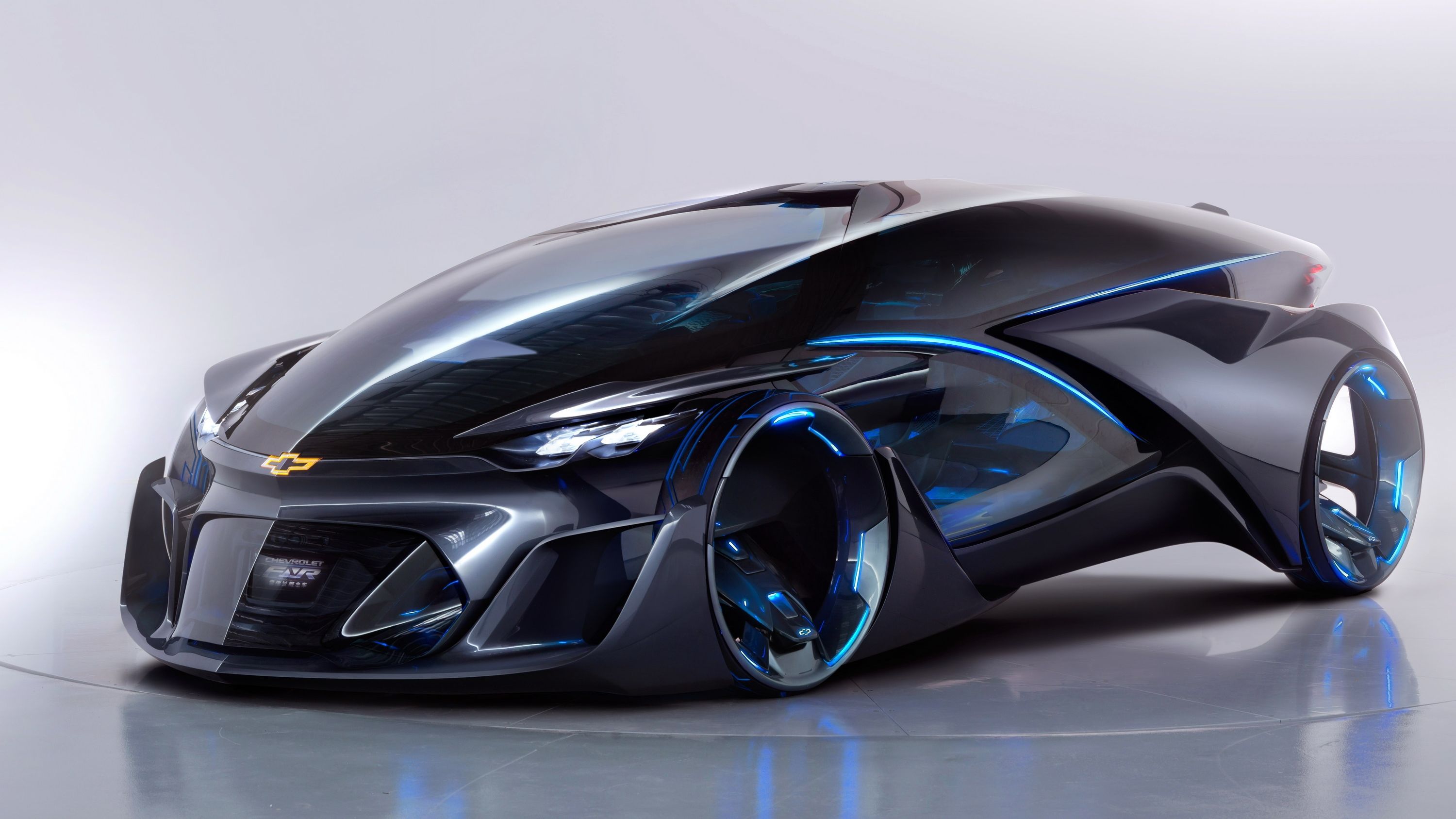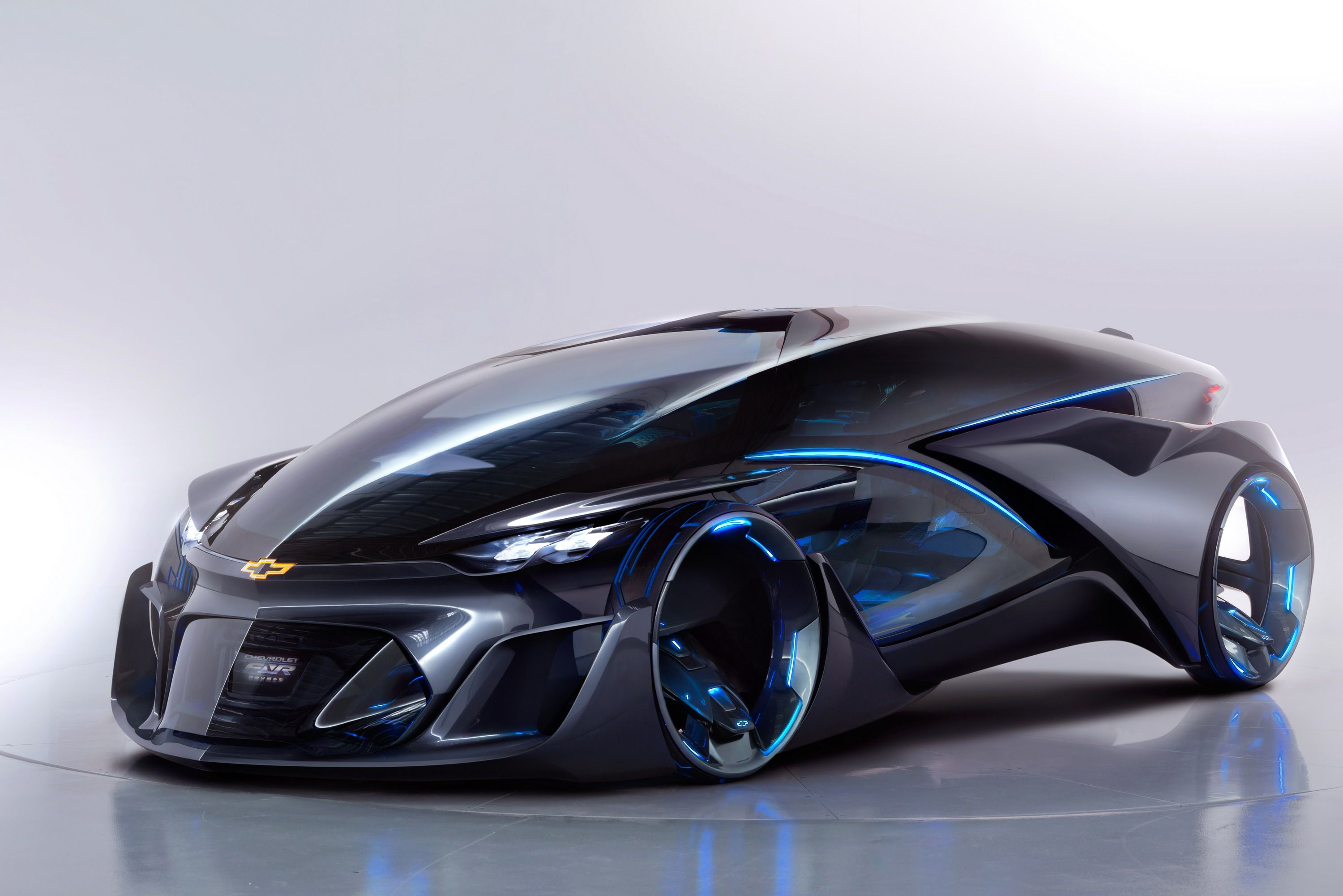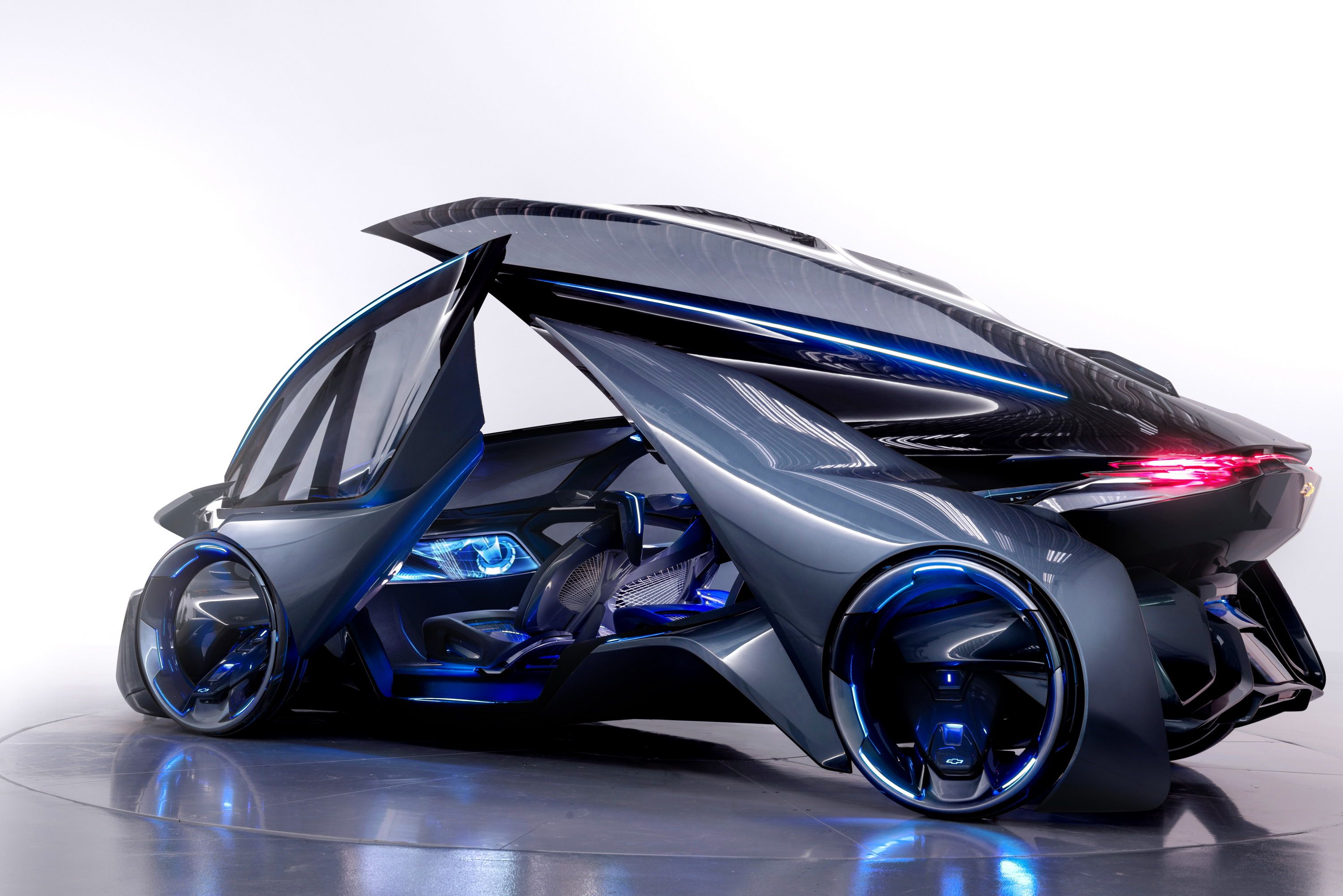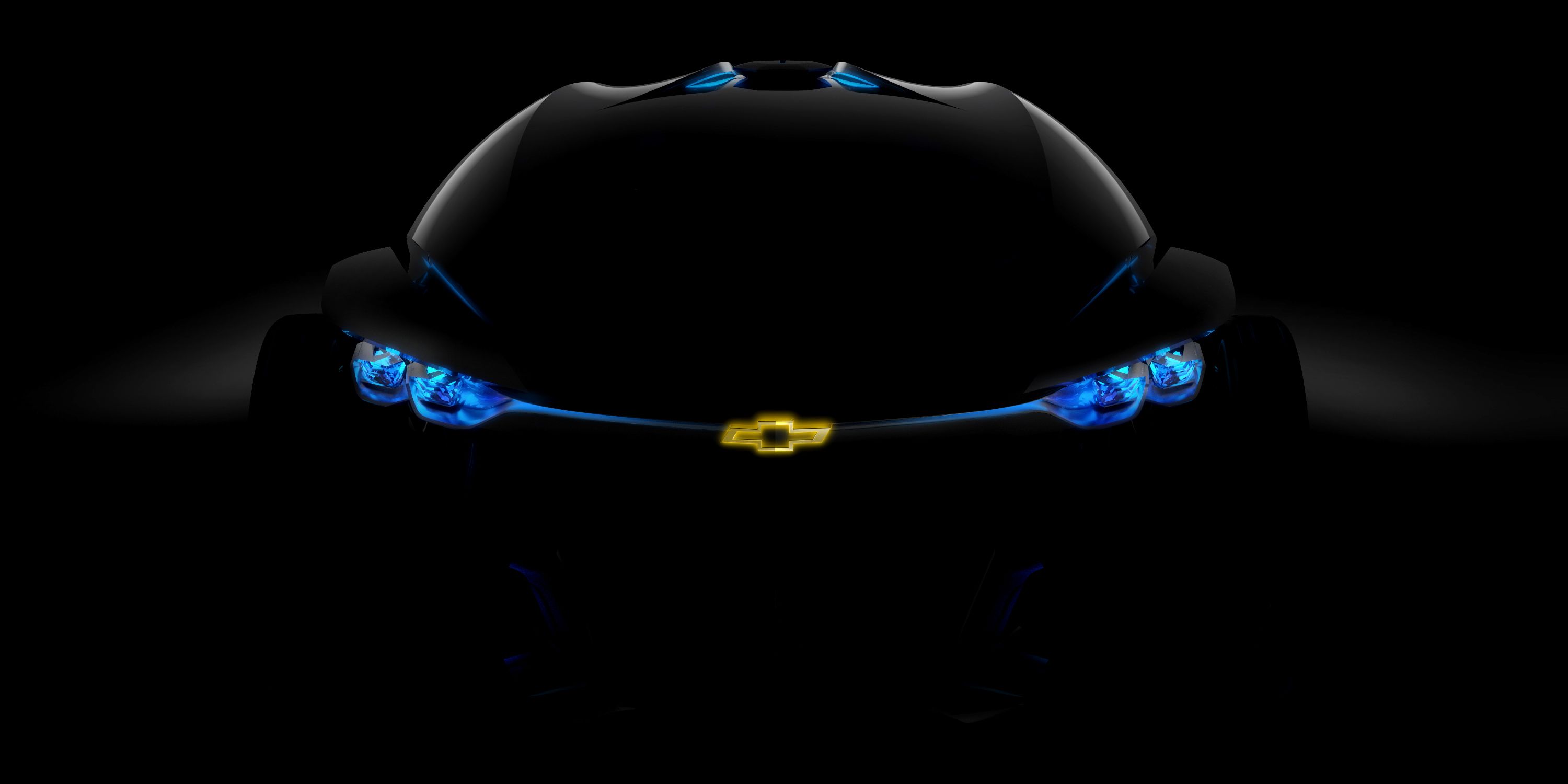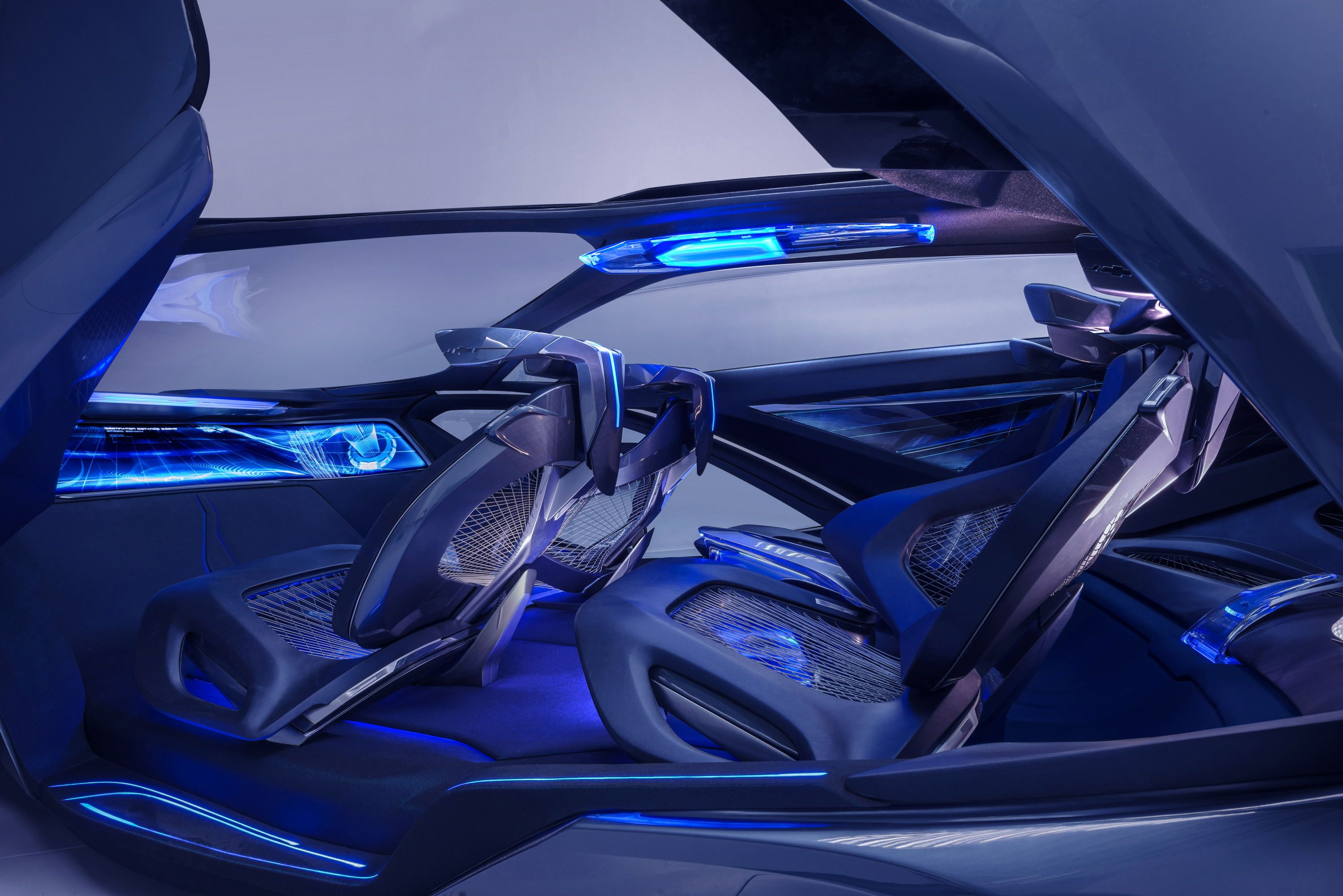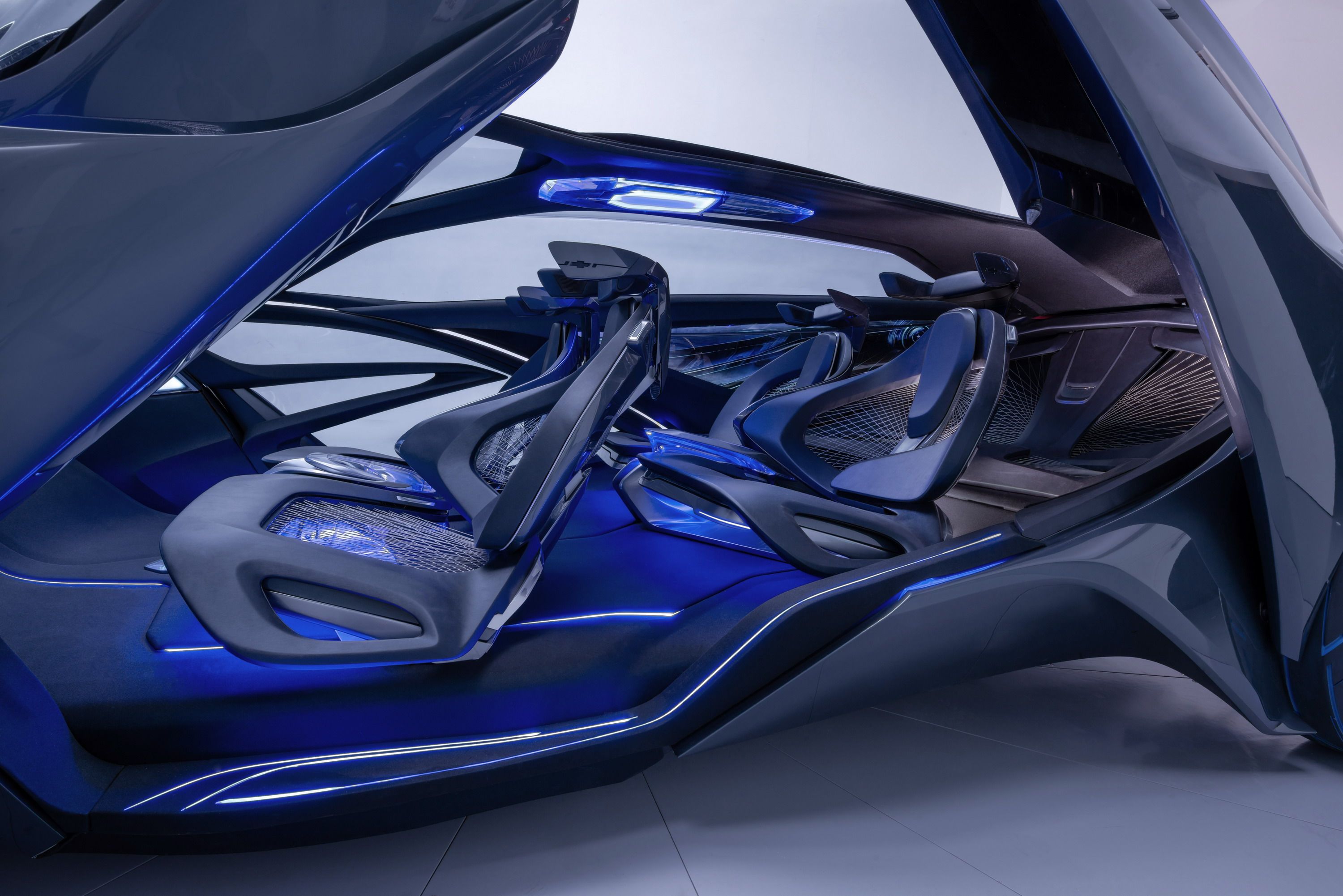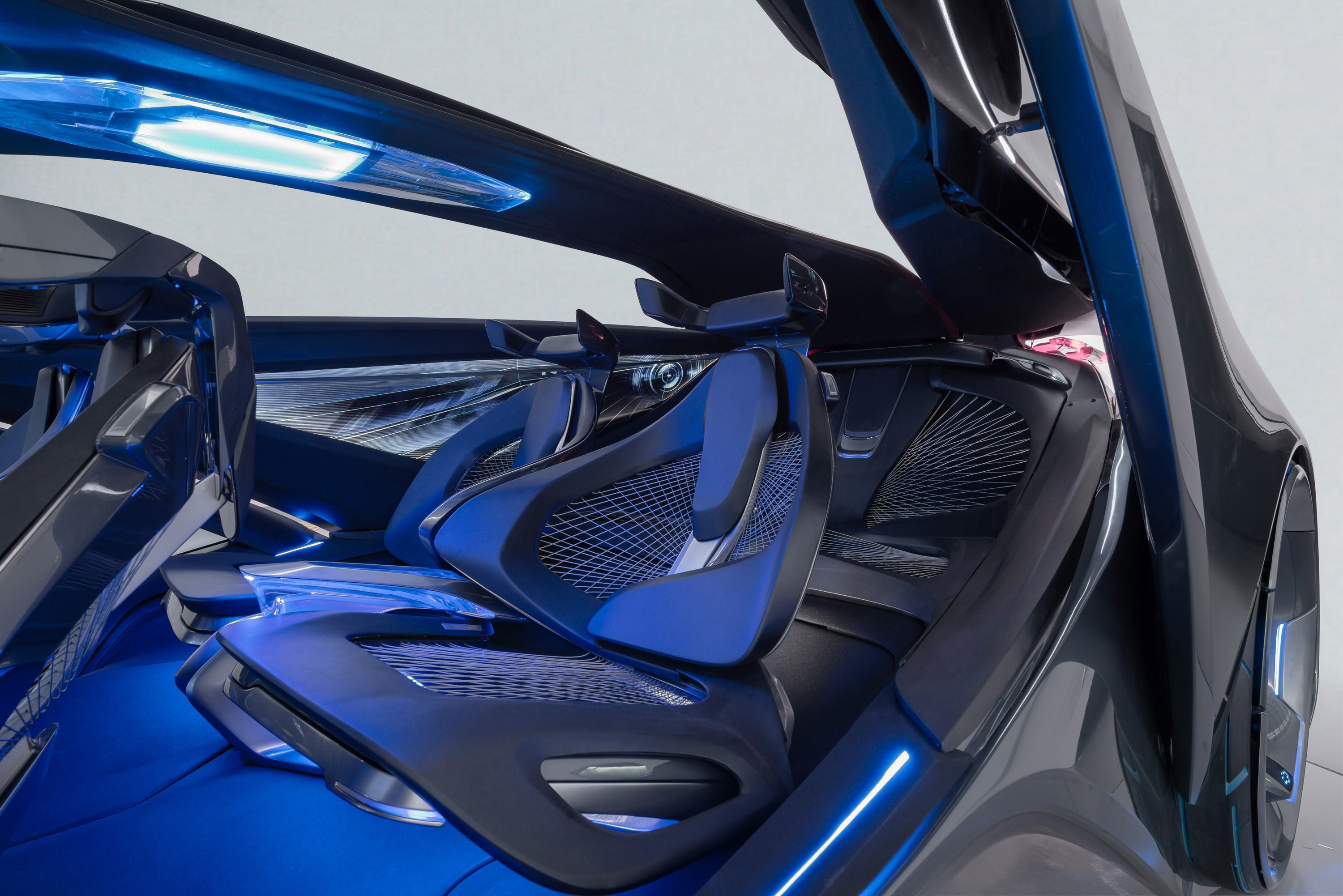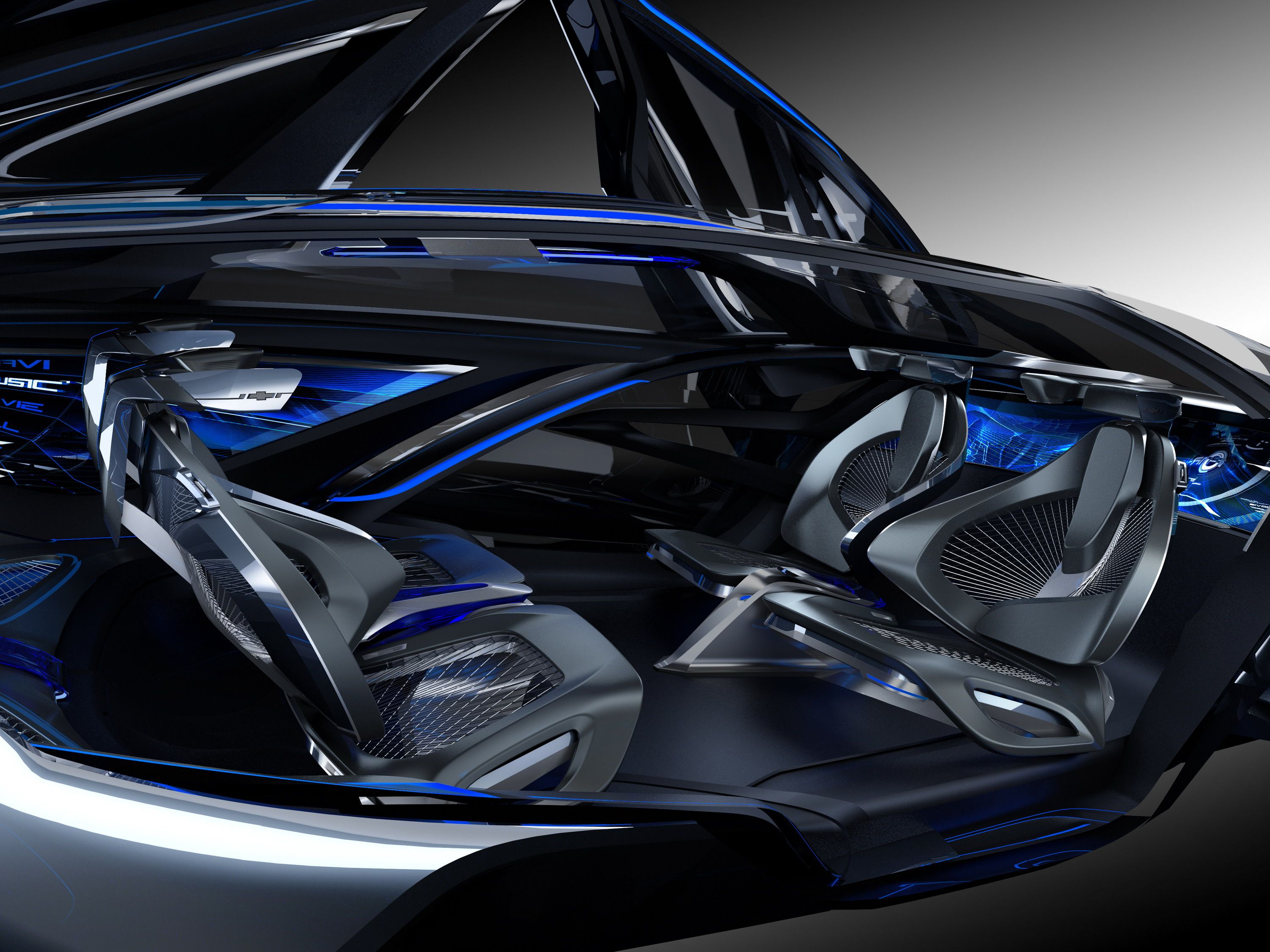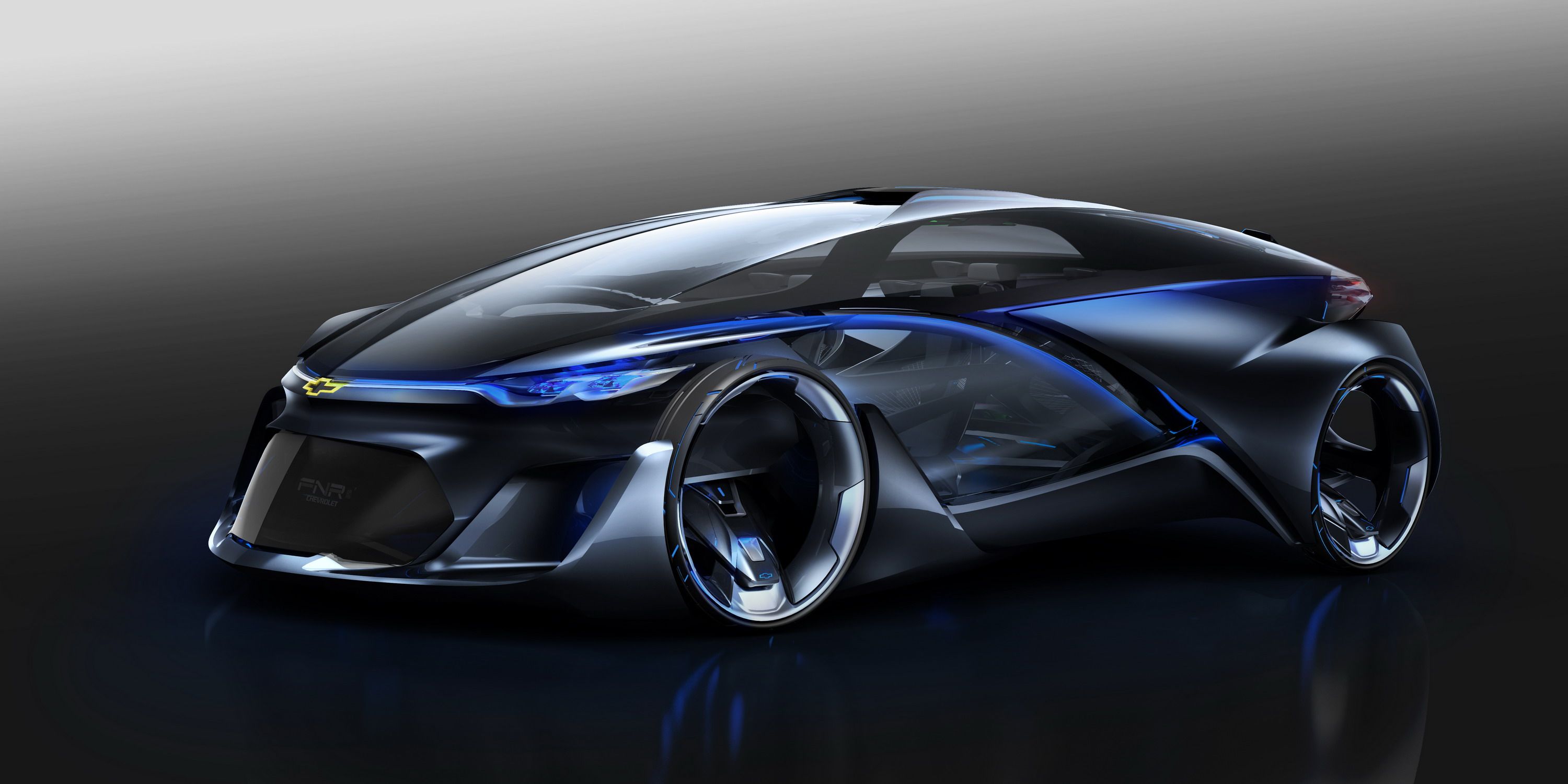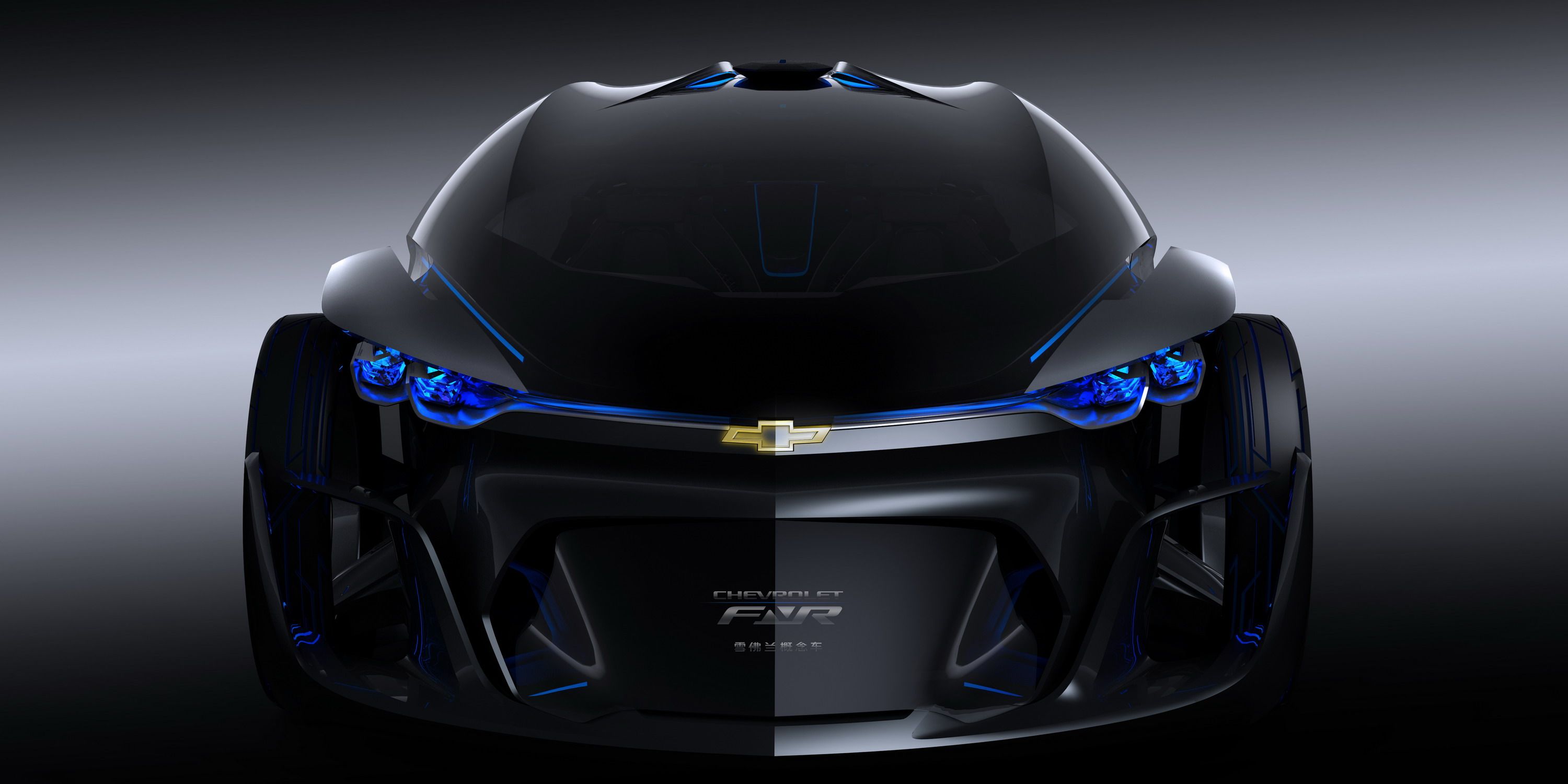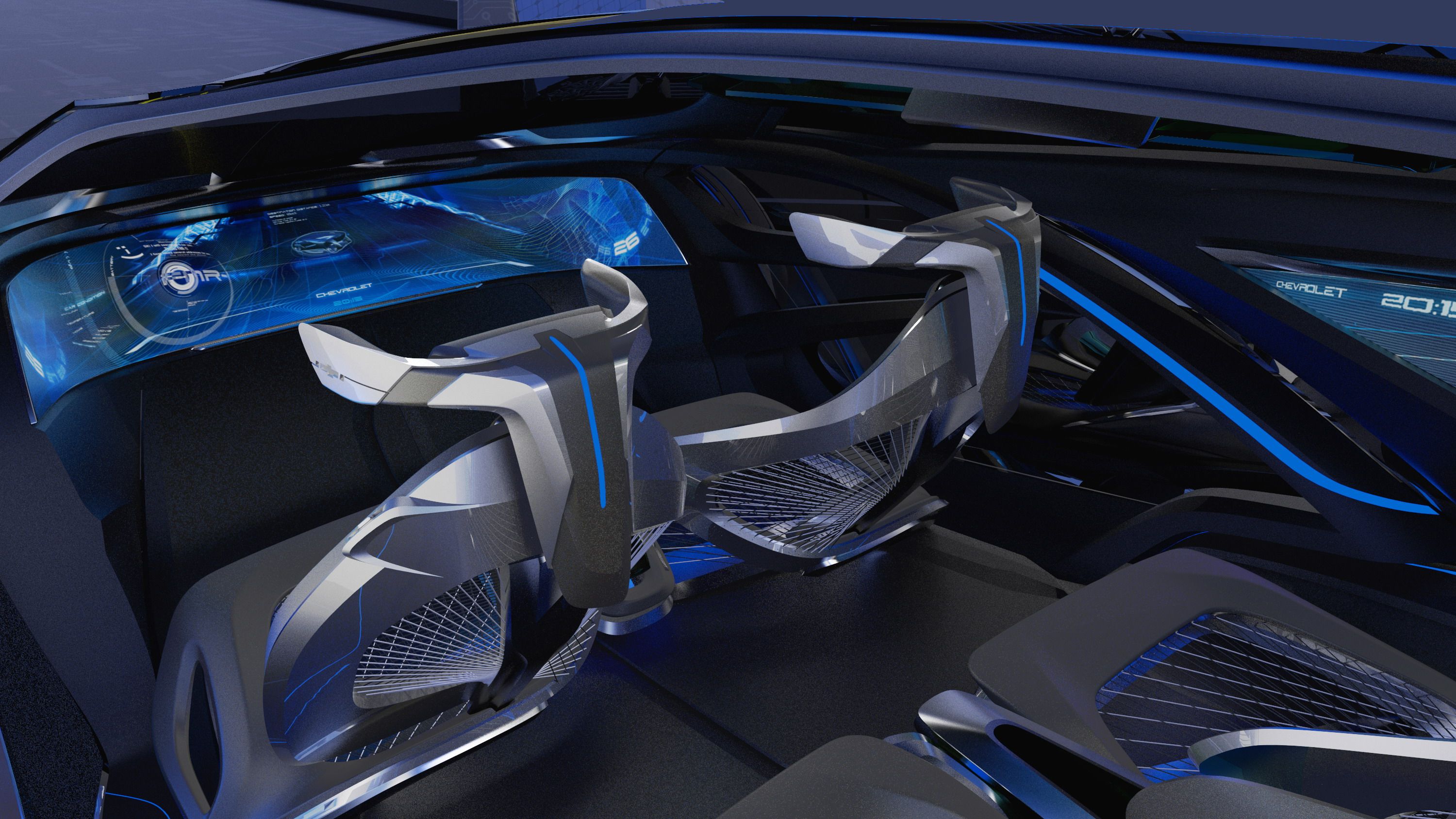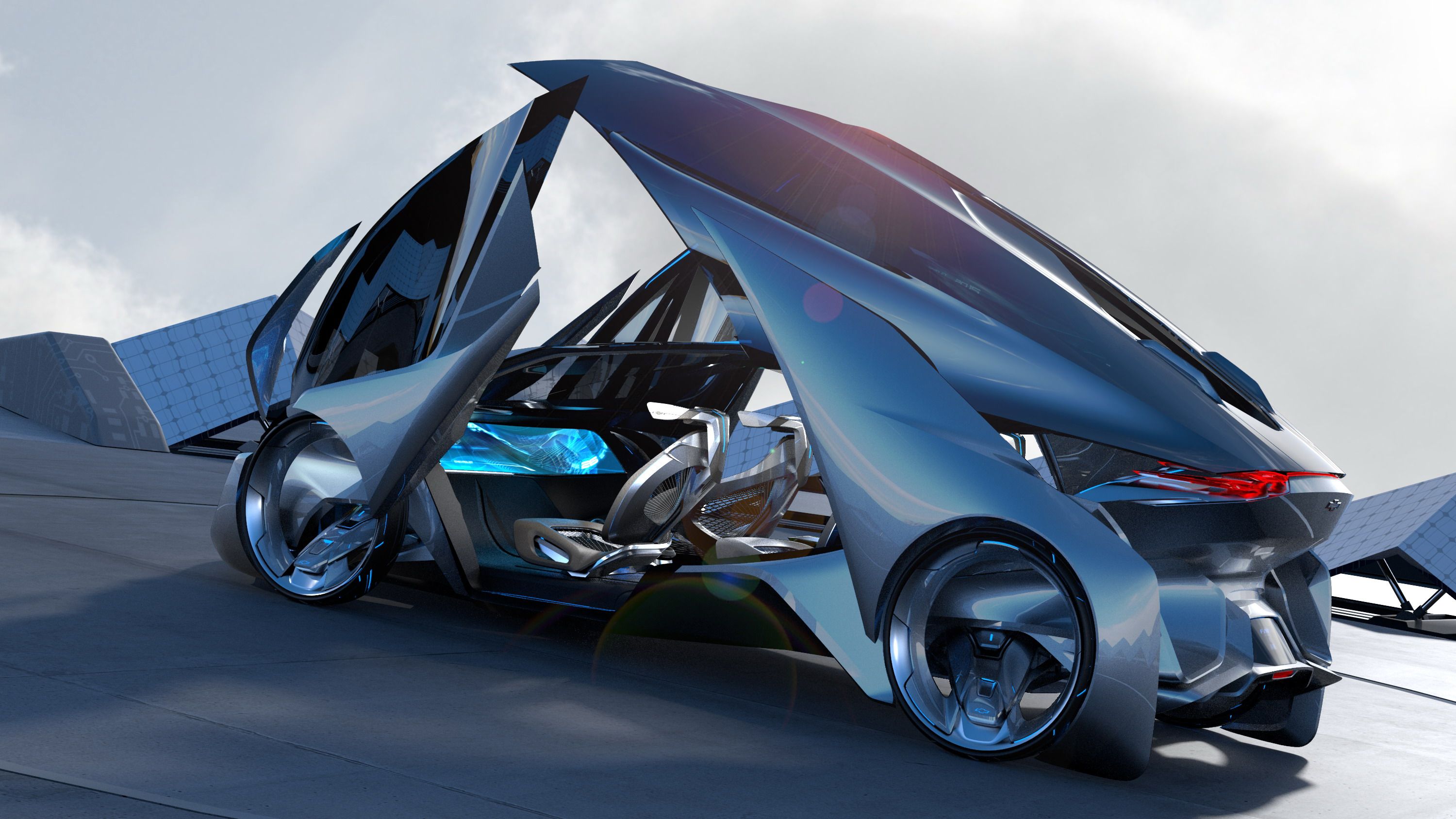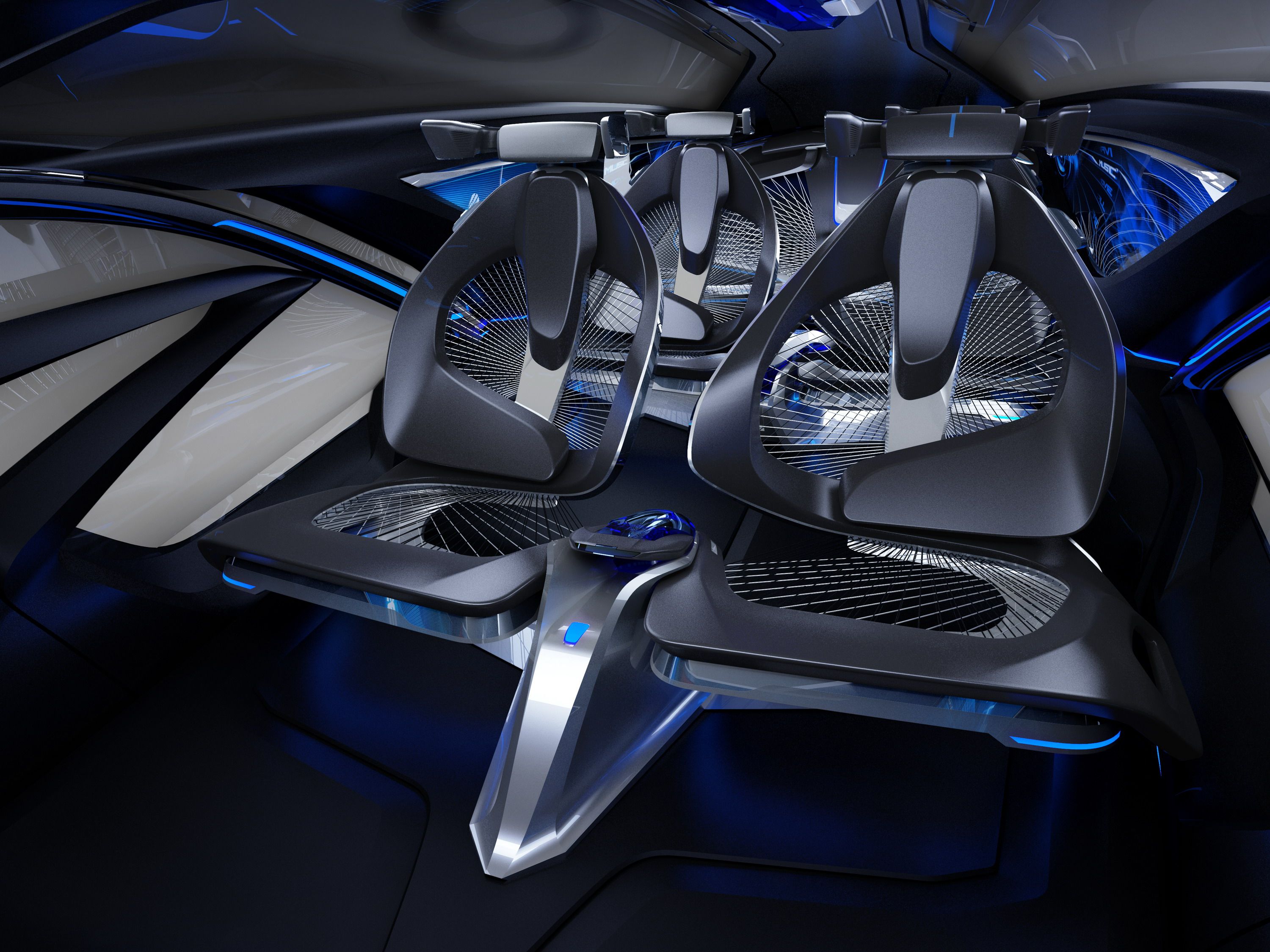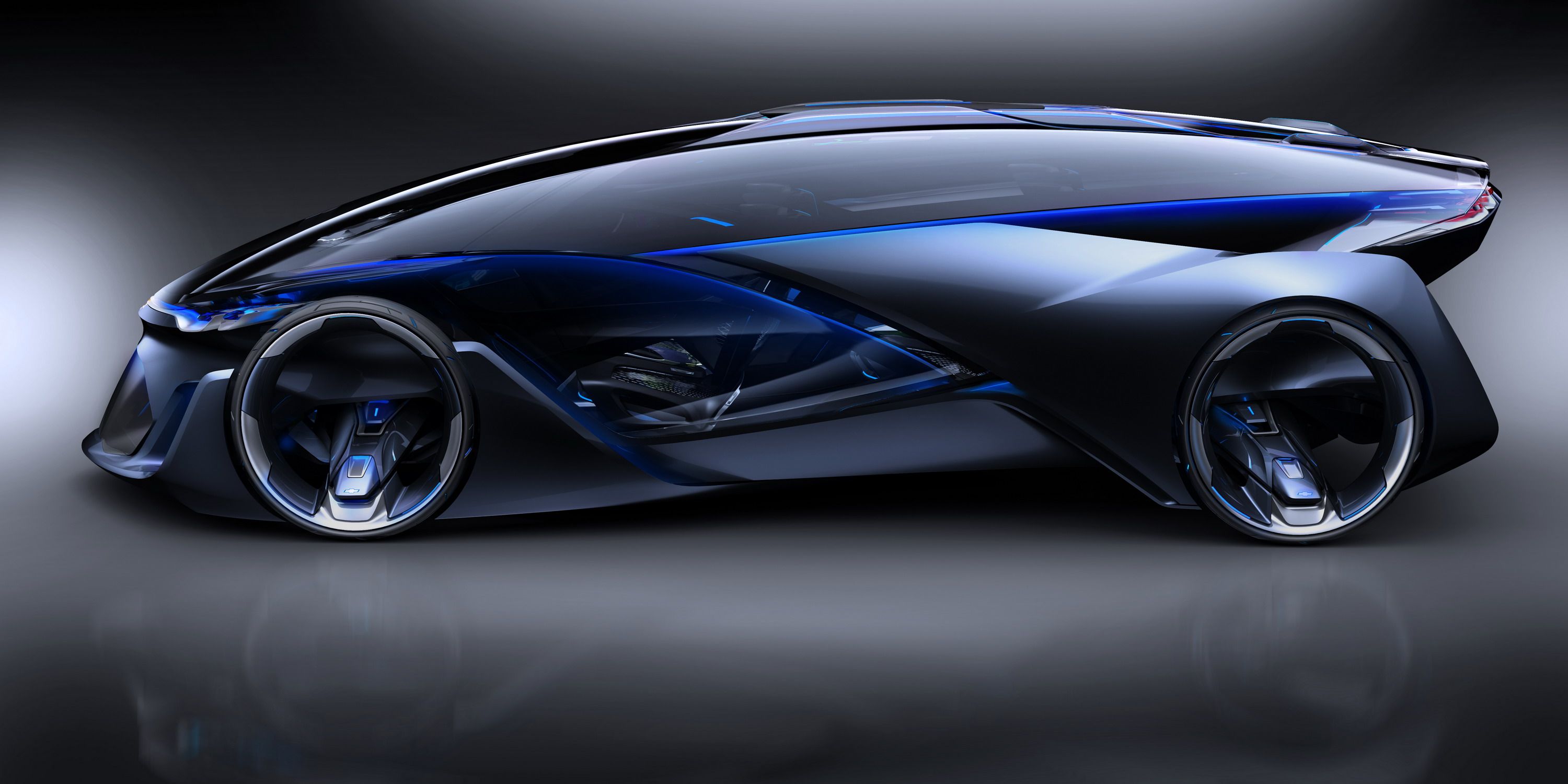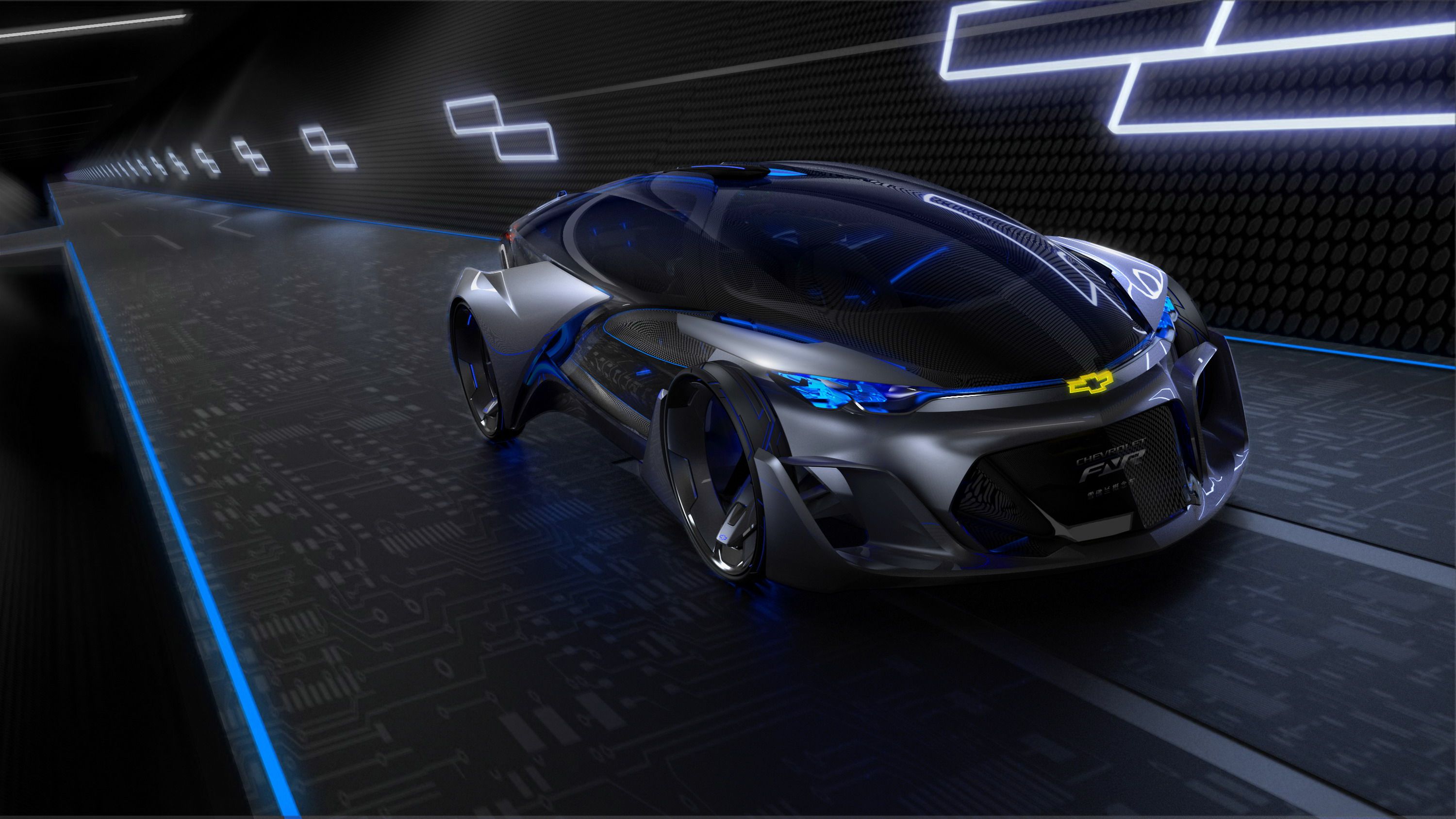GM->ke1024 is currently celebrating its 10th year of operations in China,->ke2090 and has chosen to celebrate by debuting a seriously wild concept car.->ke169 Called the Chevrolet->ke199 FNR, the concept debuted at the Shanghai Auto Show->ke2470 in all of its weird, futuristic glory. The concept is not meant as something you could at all realistically see in production any time soon, but rather to attract attention from younger potential customers by giving them a glimpse of something to look for down the road. The concept is therefore packed full of all manner of hypothetical technology currently still in development.
Continue reading to learn more about the Chevrolet FNR concept.
2015 Chevrolet FNR
- Make: Array
- Model: 2015 Chevrolet FNR
- [do not use] Vehicle Model: Array
Exterior
The design of the FNR's body is busy, to say the least, with all sorts of exterior LED lighting drawing the eye in several directions at once. There are still a few features that manage to stick out more than others, like the “dragonfly” door design, or the hubless magnetic wheel motors. The FNR has crystal laser headlights and taillights, a technology that is just starting to be fitted to actual production cars in Europe, and therefore look almost retro on this Sci Fi car. Mounted in the roof is a terrain-mapping radar system, designed to give the car superior autonomous driving capabilities.
Interior
The interior of the FNR is at least as busy and crazy-looking as the exterior, but once again manages the science fiction esthetic with ease. One thing noticeably not cluttering up the interior is a steering wheel. That's because the FNR is autonomous, and while GM does say that a manual mode exists, it's not really clear how that would work.
In place of the wheel and the usual instrumentation, the dash is simply one big curved screen, operated by gesture controls. This screen will give you all sorts of internet-connected functions, although GM didn't elaborate on these too much.
While the mostly mesh seats don't look especially comfortable, the front seats do swivel around to allow for the rolling living room look that autonomous concepts all seem capable of. And last but not least, if you noticed that there's nowhere to put the key, that's because this car scans your irises in order to turn on, a feature which also provides you with a brilliant excuse not to loan it to your friend.
Drivetrain
Manufacturers tend not to go too into detail about autonomous electric->ke1030 concept vehicle drivetrains, as it would be almost entirely pointless, and the FNR is no different. So we know that it's electricity that makes it go, but that's it.
Competition
Mercedes-Benz F015
Probably the concept most like the FNR to surface in the recent past, it has an interior filled with screens, and seats that swivel to face each other. It does technically have a steering wheel and pedals, but these tend not to be shown in use in publicity photos, and features like opaque windows definitely suggest that this is a car that you're encouraged to let drive itself. The design is a bit more conservative than that of the FNR, but not so much that isn't still quite weird. And like the FNR, although the car won't be seeing production anytime soon, the technology is all in the works now.
Read our full review here.
Rinspeed Budii
Based on the BMW i3, this autonomous electric city car offers much of the same futuristic vision of other autonomous concepts, but also a bit more practicality. Being based on an existing production vehicle, and a small one at that, the Budii doesn't have any of the swiveling seats or rolling boardroom aesthetic of the bigger autonomous concepts. Instead it offers smaller improvements to the driving experience. Think of it as something from five years into the future, rather than 20.
Read our full review here.
Google Car
This is not really a concept car in the traditional sense, but more of a pre-production version made well in advance of the real thing. The Google car doesn't offer much in the way of exciting futuristic looks, or really even any actual futuristic technology. All of the technology needed to make the Google car a reality exists already, Google is simply working on ways to make it more practical and affordable. It definitely isn't nearly as exciting to look at, but it's the one you'll be able to actually buy first.
Read more about it here.
Conclusion
If concept cars are meant to get us excited about the vehicular future of a given brand, then the FNR does its job exceedingly well. It is exactly the sort of thing you're supposed to get when you tell automotive designers to run wild.

